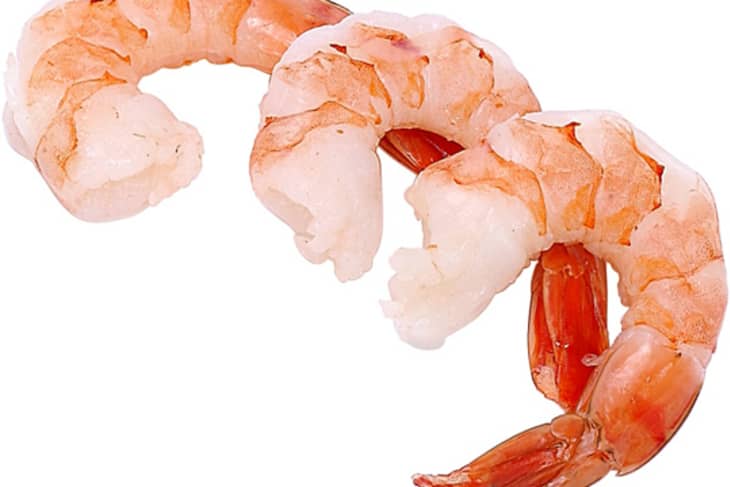Food Science: Why Do Crustaceans Turn Reddish-Orange When Cooked?
Have you ever wondered why lobster, shrimp, crab, crawfish, and other crustaceans turn a bright orange-red when cooked? No, they aren’t blushing from embarrassment. It’s a simple question answered with science.
Crustaceans have exoskeletons, and while the animal is in the sea, the exoskeleton primarily has a blue-green to grayish color. The exoskeletons contain a carotenoid called astaxanthin. Carotenes are pigments, and astaxanthin is the same carotene that gives salmon its color. When crustaceans are uncooked, the astaxanthin pigments are hidden because they are covered with protein chains; these protein chains give the shells their bluish-gray color. Heat destroys the protein coating, and when the animals are cooked, the astaxanthin molecules are released, thus changing the color of the crustaceans.
